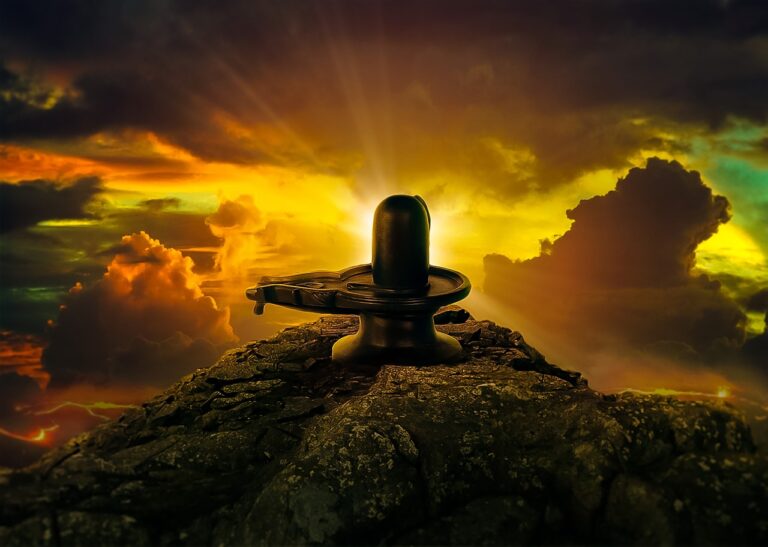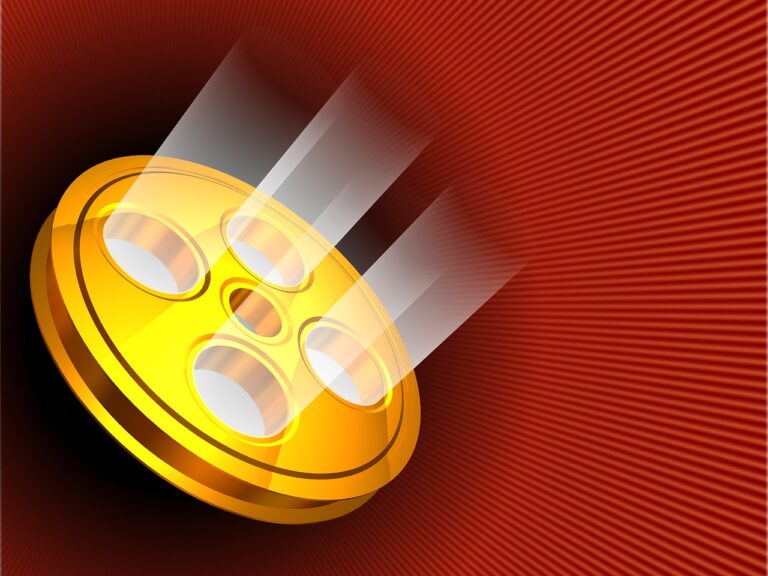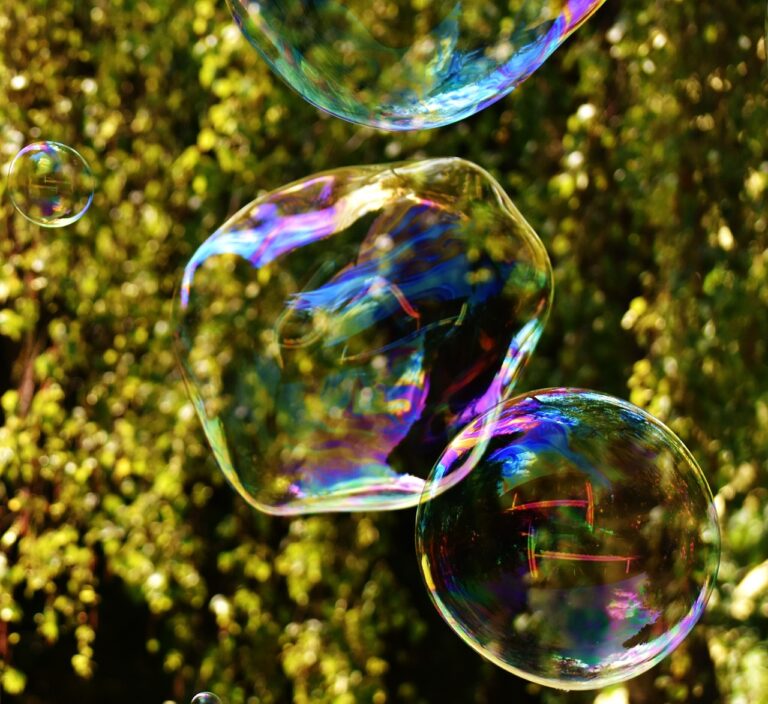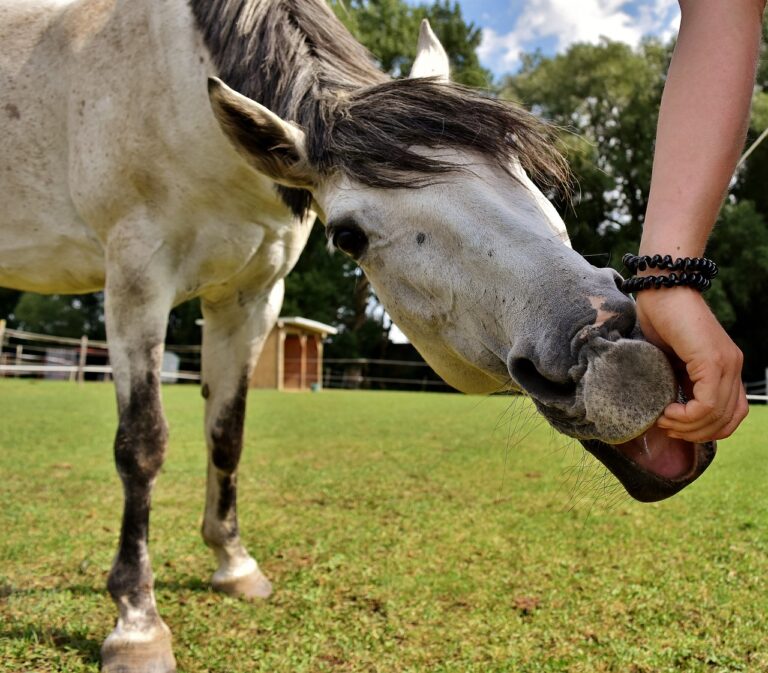The Influence of Manga and Anime on Western Entertainment
Manga, the Japanese term for comics or cartooning, dates back to the 12th century when scroll paintings depicted humorous characters and narratives. These early forms of manga evolved over the centuries, eventually paving the way for the manga style we know today. The modern manga style emerged in the late 19th century, influenced by Western aesthetics and illustrative techniques.
Anime, on the other hand, emerged in the early 20th century with the works of artists like Osamu Tezuka, often referred to as the “God of Manga.” Tezuka’s iconic works, such as “Astro Boy,” revolutionized the anime industry and popularized the art form both in Japan and around the world. The combination of vibrant visuals, complex storylines, and unique characters set the foundation for the widespread appeal of anime in contemporary global popular culture.
Popularity of Manga and Anime in the Western World
Manga and anime have gained immense popularity in the Western world in recent years, appealing to a diverse audience of all ages. The unique storytelling, intricate plotlines, and stunning visuals have captivated fans across the globe, leading to a surge in manga and anime consumption outside of their home country of Japan. From iconic series like “Naruto” and “Dragon Ball Z” to contemporary hits such as “Attack on Titan” and “My Hero Academia,” Western audiences have embraced the rich and vibrant world of Japanese animation and comics.
The rise of streaming services and online platforms has made it easier than ever for fans to access a wide range of manga and anime titles, contributing to the growth of the fandom in the Western market. Social media platforms have also played a significant role in connecting fans and building communities around their favorite manga and anime series, fostering a sense of camaraderie and shared passion for the medium. With conventions dedicated to manga and anime attracting thousands of attendees each year, it is clear that the popularity of Japanese animation and comics continues to thrive in the Western world.
Adaptations of Manga and Anime into Western Films and TV Shows
In recent years, there has been a noticeable trend of adapting popular manga and anime into Western films and TV shows. This phenomenon highlights the global appeal and influence of Japanese pop culture on entertainment industries around the world. From big screen adaptations of beloved manga series to live-action versions of iconic anime shows, these Western adaptations have sparked both excitement and debate among fans.
The process of adapting manga and anime into Western media often involves a delicate balance between staying true to the original source material and catering to the preferences of Western audiences. While some adaptations have been praised for their faithfulness to the original storylines and characters, others have faced criticism for deviating too far from the essence of the source material. Despite the challenges and controversies that may arise, the adaptation of manga and anime into Western films and TV shows continues to be a fascinating and evolving phenomenon in the entertainment industry.
• One of the key challenges in adapting manga and anime into Western media is cultural differences.
• Many Japanese manga and anime series are deeply rooted in Japanese culture, traditions, and societal norms that may not always translate well to a Western audience.
• Another challenge is the visual aspect of anime, which often features fantastical elements and exaggerated character designs that can be difficult to replicate in live-action adaptations.
• However, successful adaptations like “Alita: Battle Angel” have proven that with careful planning and creative direction, it is possible to capture the essence of beloved manga and anime series on screen for Western audiences.
What is the difference between manga and anime?
Manga refers to Japanese comic books or graphic novels, while anime refers to Japanese animated TV shows or films.
Why are manga and anime so popular in the Western world?
Manga and anime have gained popularity in the Western world due to their unique storytelling, diverse genres, and captivating art styles.
How are manga and anime adapted into Western films and TV shows?
Manga and anime are adapted into Western films and TV shows through a process of licensing, screenwriting, casting, and production to create a version that appeals to a Western audience.
Are adaptations of manga and anime always successful in the Western market?
While some adaptations of manga and anime have been successful in the Western market, others have faced criticism for not staying true to the original source material.
What are some popular examples of manga and anime adaptations in Western media?
Some popular examples of manga and anime adaptations in Western media include “Death Note,” “Ghost in the Shell,” and “Attack on Titan.”







